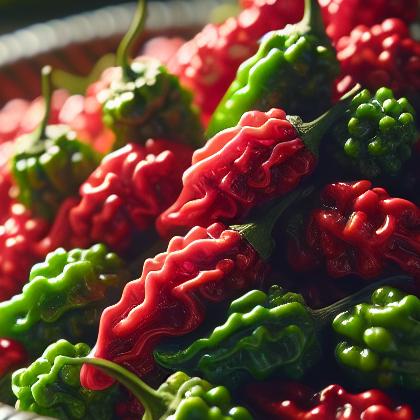Showing results for 'Szechuan pepper'
close
Szechuan Pepper

Sichuan pepper or Sichuan peppercorn, also known as Chinese coriander, a commonly used spice in Chinese, Tibetan, Nepali, and Indian cuisine, is derived from at least two species of the global genus Zanthoxylum, including Z. simulans and Z. bungeanum. The botanical name comes from the Greek xanthon xylon (ξανθὸν ξύλον), meaning "blond wood". It refers to the brightly coloured sapwood possessed by several of the species. The genus Zanthoxylum belongs in the rue or citrus family, and, despite its name, is not closely related to either black pepper or chili pepper.
Szechuan pepper Pairs With:
Food Item
Flavor Affinity Level

Did you know there are 32 food flavor pairings in my database for Szechuan Pepper available. What you are seeing above is a random list of 30 items which pair with Szechuan Pepper.
For the entire list, beautifully formatted, enter your email address and click the download button below, then I'll email it to you as a PDF.
Szechuan pepper Properties:
| Food Property | Type | Description |
|---|---|---|
| Flavor Profile | Spiciness | Szechuan pepper is known for its unique numbing and tingling sensation on the tongue. |
| Astringency | Szechuan pepper can have a slight astringent effect on the palate. | |
| Aroma | Volatile Compounds | Szechuan pepper contains aromatic compounds that give it its distinctive citrusy and woody aroma. |
| Texture | Dryness | Szechuan pepper is typically dried before use, giving it a dry texture. |
| Nutritional Value | Phytochemicals | Szechuan pepper contains phytochemicals such as hydroxy-alpha-sanshool, which contribute to its numbing sensation. |
| Color | Natural Pigments | Szechuan pepper has a reddish-brown color due to the presence of natural pigments in the outer husk of the peppercorn. |
Food Pairing App - Version 1.2.0
